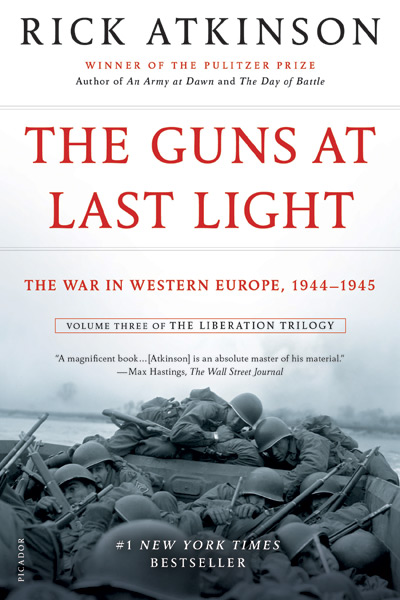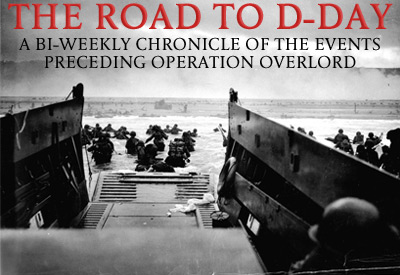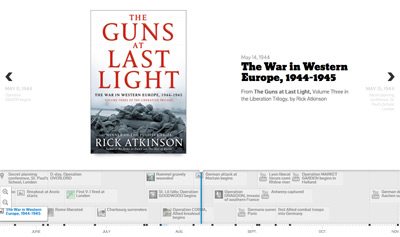Major Figures from The Guns at Last Light
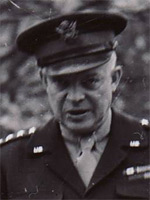 General Dwight D. Eisenhower
General Dwight D. Eisenhower
The supreme commander, Allied Expeditionary Force. For years, Eisenhower had pondered how to liberate Europe—as a War Department planner, as the senior American soldier in London in 1942, and then as the architect of invasions in North Africa, Sicily, and mainland Italy. President Roosevelt considered him “the best politician among the military men. He is a natural leader who can convince other men to follow him.” Nearly all subordinates agreed that he was charismatic and profoundly fair, but some questioned his skills as a field commander. “When it comes to war,” complained General Bernard Montgomery, “Ike doesn’t know the difference between Christmas and Easter.”
 General Bernard L. Montgomery
General Bernard L. Montgomery
Commander of Allied ground forces in Normandy. Wiry and elfin, with a narrow vulpine face, Montgomery by D-day was the most famous general in the British empire, “as sharpened and as ready for combat as a pointed flint,” in one admirer’s phrase. Energetic, meticulous, and supremely confident, he could also be bumptious, self-absorbed, and insulting to his comrades, particularly the Americans. Montgomery was “Master” to his aides, “this Cromwellian figure” to Winston Churchill, “God Almonty” to the Canadians, and “the little monkey” to General George S. Patton. Eisenhower came to believe that “Monty is a good man to serve under, a difficult man to serve with, and an impossible man to serve over.”
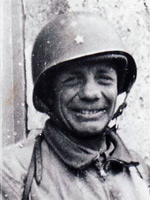 Brigadier General Theodore Roosevelt, Jr.
Brigadier General Theodore Roosevelt, Jr.
Assistant commander of the 4th Infantry Division. Short, gnarled, and bandy-legged, son of the twenty-sixth president, Roosevelt had been shot, gassed, and decorated in World War I before resuming a civilian career that included stints as assistant secretary of the Navy, chairman of American Express, governor-general of the Philippines, and governor of Puerto Rico. Returning to uniform in World War II, he fought heroically in Tunisia but was relieved of command in Sicily. Given another chance, he would be the most senior officer to land on Utah Beach in the first waves on June 6, 1944, a man both valiant and doomed. “We’ve known joy and sorrow, triumph and disaster,” he wrote his wife before D-day, “all that goes to fill the pattern of human existence.”
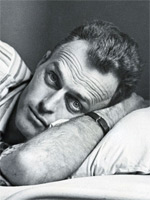 Lieutenant Colonel John Knight Waters
Lieutenant Colonel John Knight Waters
Prisoner of War #4161. Captured in Tunisia in February 1943, Waters—the son-in-law of General Patton—eventually was interned with other American officers, first in Poland, and then, after a forced march across Germany in mid-winter, at Oflag XIII-B, a camp in the Bavarian town of Hammelburg. Waters kept not only a “Wartime Log,” in which he tracked daily prison rations to the gram and even saved food labels from relief-package cans, but also a detailed personal journal. The Guns at Last Light discloses for the first time his notes on the ill-fated raid launched by Patton in March 1945 to free inmates at Hammelburg. “Shot while under white flag by German,” Waters wrote. “Operation & hospital. Suffering.”

